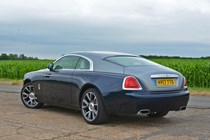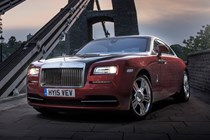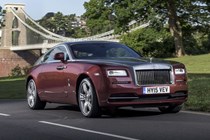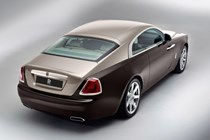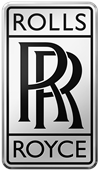
Rolls-Royce Wraith Coupe (2013-2023) running costs and reliability
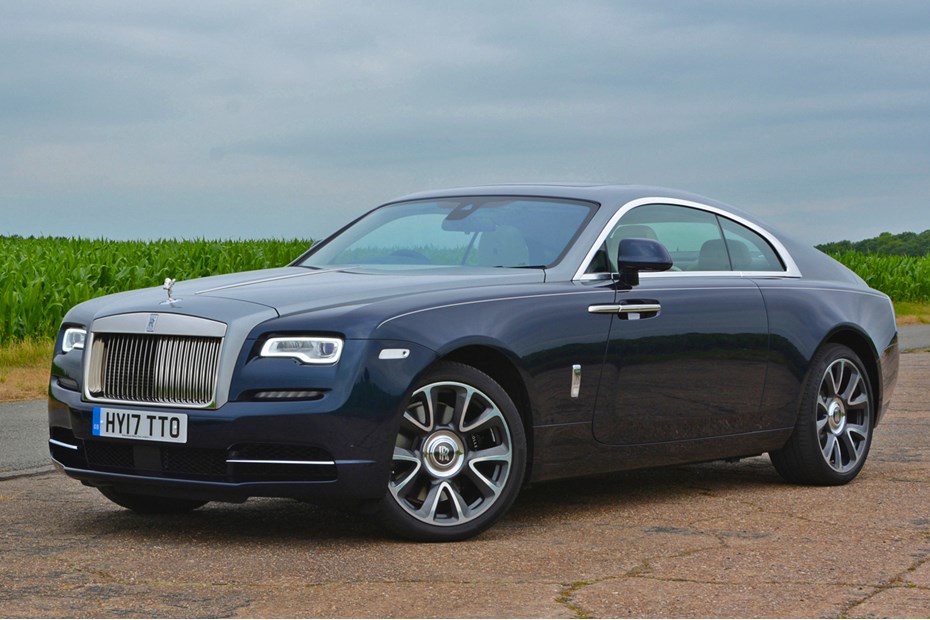
Miles per pound (mpp) ⓘ
| Petrol engines | 2.6 - 2.7 mpp |
|---|
Fuel economy ⓘ
| Petrol engines | 17.9 - 18.5 mpg |
|---|
- Positively guzzles super unleaded
- Tyres, brakes and insurance will all be dear
- Expect to take a big hit with depreciation
If running costs are remotely a consideration, then you shouldn’t even be thinking about owning a Rolls-Royce Wraith.
With a twin-turbocharged, V12 6.6-litre petrol engine, this is not going to be a frugal proposition.
Officially the Wraith averages 19.8mpg – or a flat 19mpg in Black Badge guise – a figure that wasn’t unattainable during our test, providing you’re delicate with your right foot.
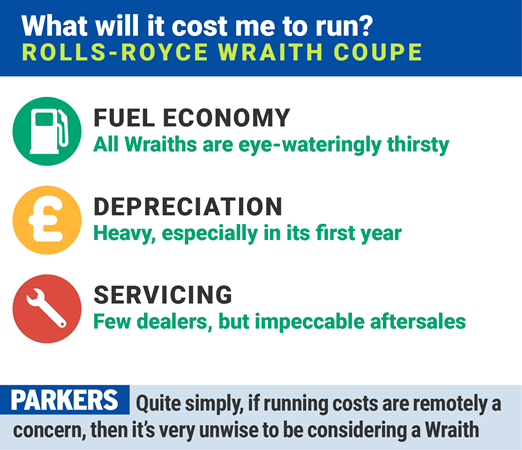
And while in isolation that figure seems outrageous in a world where mid-sized family hatches can achieve 50mpg without trying, bear in mind that it produces in excess of 600hp and weighs 2,360kg.
Naturally, CO2 output is also on the high side, ranging between 327 and 333g/km.
Not only will your insurance premiums be high, consumable parts such as brakes and tyres will be expensive, too.

But the biggest cost is depreciation: expect brand new Wraiths to lose around a third of their value in the first year alone.
At a time when car makers are producing vehicles with sub-100g/km CO2 figures in ever greater numbers, the Rolls-Royce’s Wraith’s emissions look obscenely high at 327g/km, or 333g/km if you plump for the Black Badge.
However, we should also note that the Wraith’s emissions are only a shade over 300g/km. How so?
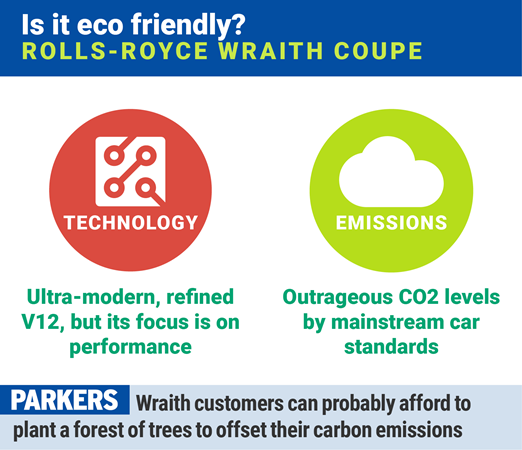
Well, given the enormity of its V12 engine and the heady power and torque figures it produces, 327g/km is an impressive engineering feat. Wind the clock back a decade and the emissions would have been significantly higher than that.
Plus, the next generation Wraith is likely to offer some degree of petrol-electric hybrid propulsion to lower emissions further still.
- No recalls affecting the Wraith
- Build quality feels exemplary
- Reliable BMW components employed

Given that it costs in excess of a quarter of a million pounds to buy new, you’d expect the Rolls-Royce Wraith to be a paragon of automotive reliability.
So far, the evidence seems to back that up. There are no DVSA recalls issued against the Wraith (although the closely-related Ghost had a couple that predate production of its coupe sibling) and it feels impeccably constructed.
Mechanically, there are few question marks either: all of the Wraith’s electronics come from BMW, and while the German firm builds its V12 engine, it is Rolls-Royce specific. This is unlikely to have ushered in any gremlins, though.
If a fault does arise, Rolls-Royce customer care is exemplary: your car will be whisked away to have its idiosyncrasies remedied.
Ongoing running costs
| Road tax | £620 - £760 |
|---|---|
Get an insurance quote with

|
|



